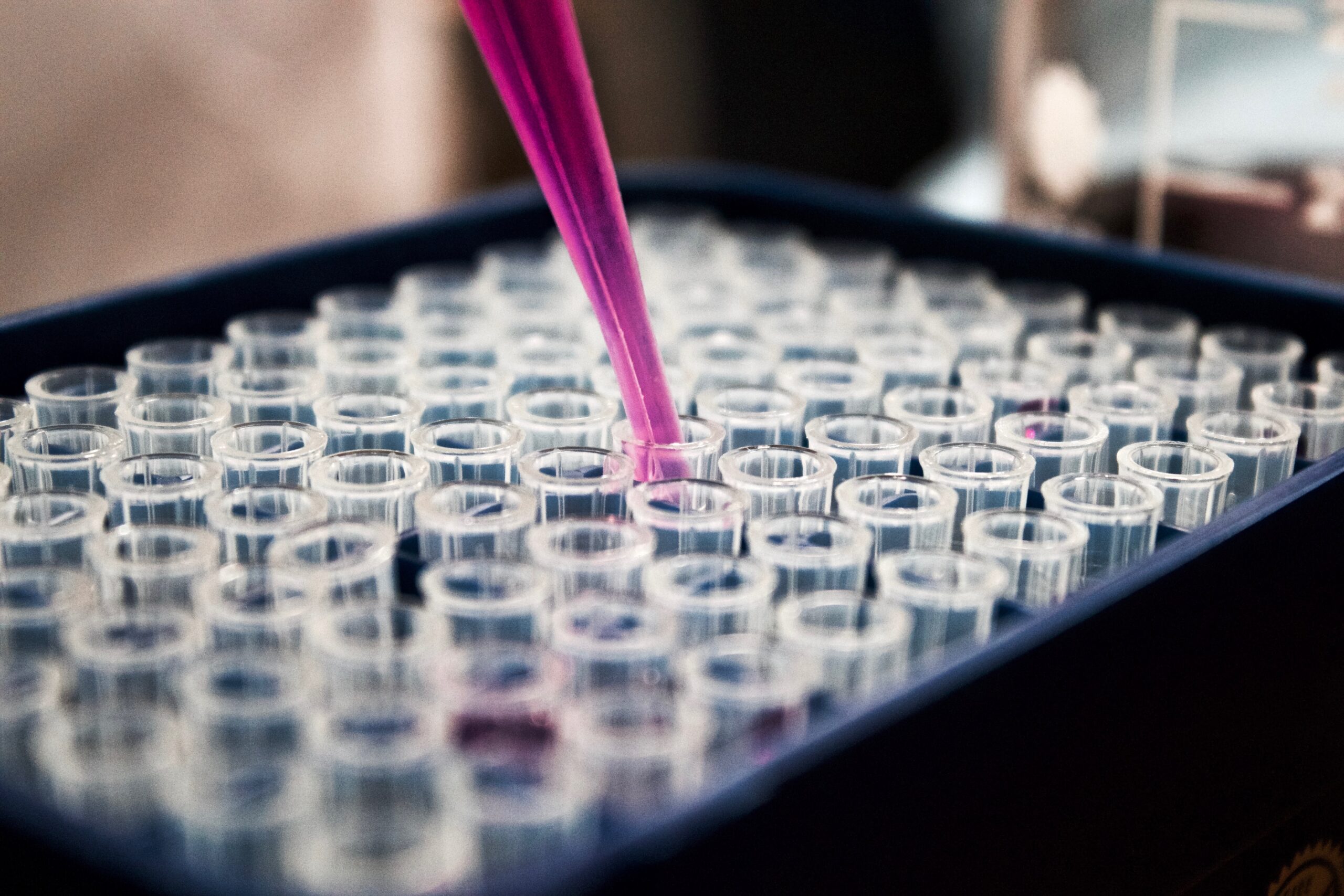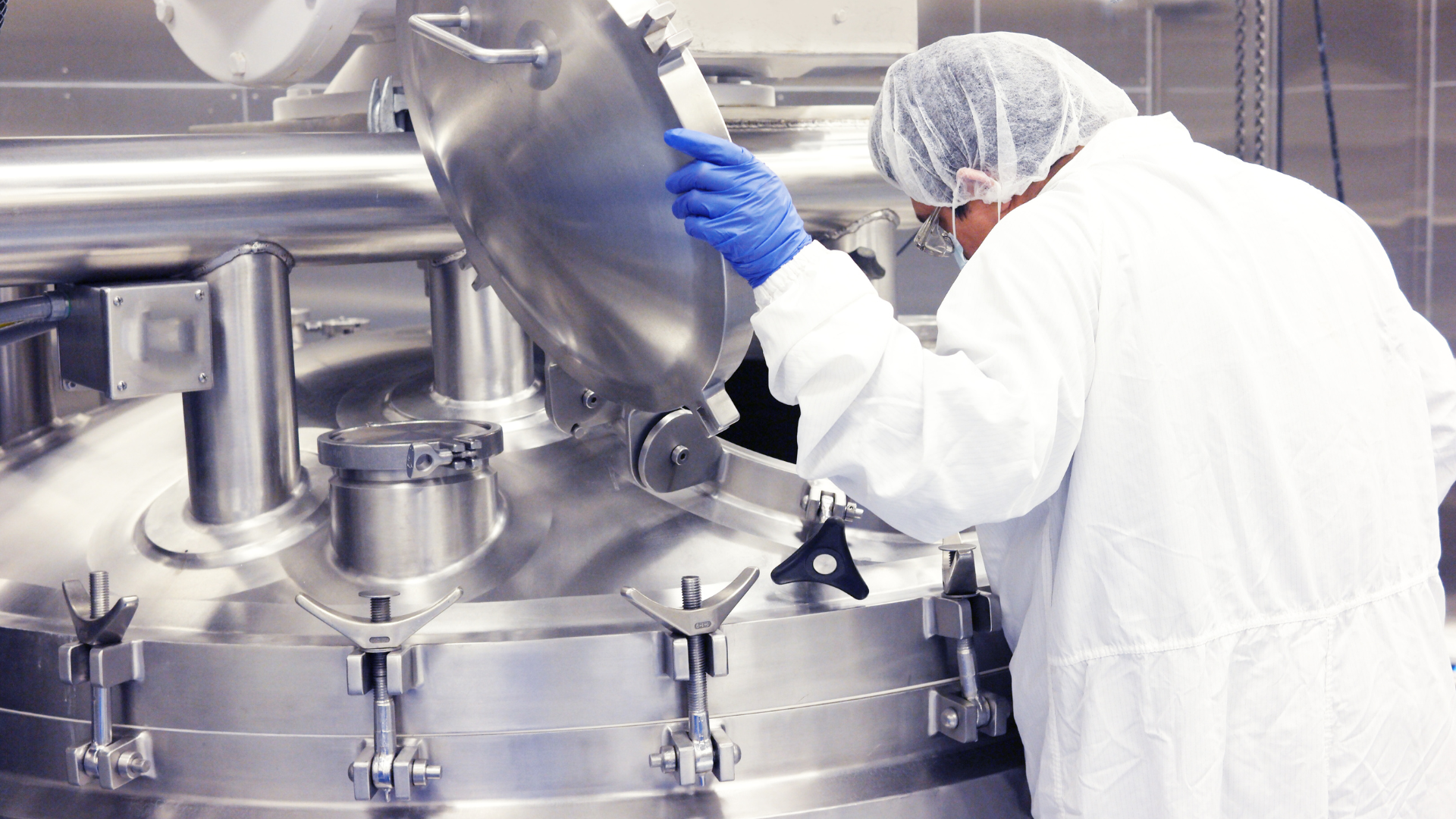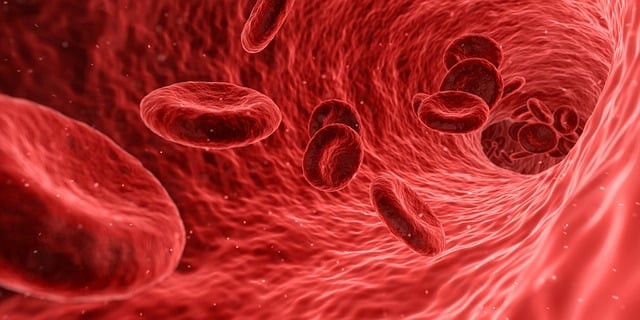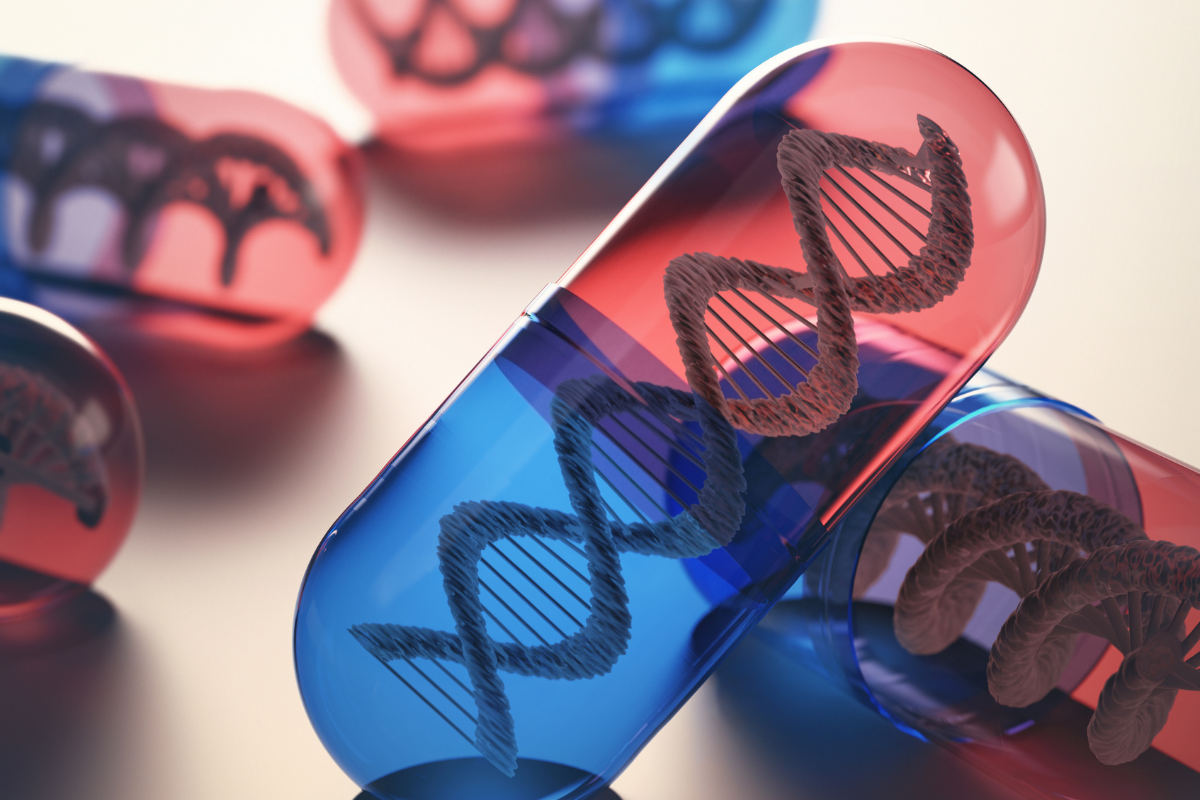Revolutionising Biomedicine: How AI Techniques and Applications enhance 3D Modeling in Cell & Gene Therapy and Drug Development

In today's age of rapid technological progress, integrating artificial intelligence (AI) with biotechnological advancements has become imperative especially within the biotech and pharmaceutical sectors where scientists are ever more reliant on AI for streamlining processes and discovering new breakthroughs. Cell & Gene by Oxford Global dives into one of the groundbreaking areas witnessing this synergy: the development and application of 3D models in cell & gene therapy and drug development.
The Need for 3D Models in Drug Development
Traditionally, 2D cell cultures have been the foundation for drug testing and development. However, 2D models often lack the complexity and functionality of in vivo systems. With the evolution of cell & gene therapies, the need for a more intricate model is evident. Enter 3D cell cultures, which offer a closer representation of in vivo environments, enhancing drug testing accuracy and offering more realistic cell interaction scenarios. Through precision and layer-by-layer deposition of cellular materials, 3D bioprinting has enabled scientists to create tissue structures that closely mimic native tissues in terms of architecture, function, and physiology.
This advancement holds immense potential for cell & gene therapy. With the ability to tailor-make tissues, therapies can be optimized for individual patients, ushering in the era of personalized medicine.
For instance, companies like Organovo have been leveraging 3D bioprinting to create functional human tissues that can be utilized for therapeutic implantation. Their liver tissue models, for example, offer a promising avenue for addressing liver diseases.
AI's Role in 3D Modelling
The integration of AI into this process has been instrumental. By analysing vast amounts of data, AI algorithms can predict which cellular structures are most likely to thrive in 3D environments. This not only streamlines the production of these models but also reduces costs and time.
A - Deep Learning for Image Recognition
Deep learning, a subset of AI, has been a game-changer. By training neural networks on thousands of images, the system can then recognise and classify cellular structures in a 3D space. By processing vast amounts of data, these networks can discern patterns that are often too intricate for the human eye to recognize. This aids in identifying anomalies or determining if cells are reacting favourably to treatments. Such precision is invaluable in identifying intricate cellular anomalies that could be indicators of diseases or understanding the nuances of cellular responses to various treatments.
Take the case of PathAI. This company leverages deep learning for pathology. By analyzing pathology slides with their system, PathAI can pinpoint abnormalities in tissues that may be indicative of cancer with an accuracy that rivals or even surpasses human pathologists. The system is trained on countless images, refining its capability to discern between benign and malignant structures. Such innovations not only enhance diagnostic accuracy but can also significantly expedite the diagnosis process, leading to faster, more efficient patient care.
B - Predictive Modelling for Drug Responses
AI can predict how cells in a 3D model might respond to different treatments, helping researchers narrow down which drugs to pursue. This saves both time and resources, ensuring only the most promising candidates move forward in the development process, enabling researchers to pinpoint which drug candidates are likely to be most efficacious and safe, while also identifying those that may be ineffectual or even harmful.
A notable instance of this in action is Insitro. Leveraging machine learning, a subset of AI, Insitro designs predictive models based on vast datasets, including genetic data and cellular responses. By understanding the underlying biological mechanisms, they can predict a compound's therapeutic potential or possible toxicity. Such predictions empower researchers to focus their efforts on the most promising drug candidates, ensuring a more efficient, cost-effective, and success-oriented development pipeline.
Applications in Cell & Gene Therapy
With gene therapies becoming more prevalent, accurate models are critical. AI-enhanced 3D models are allowing for:
- Personalized Treatment Plans: By creating patient-specific 3D models and utilising AI for analysis, more personalized treatments for genetic conditions can be designed. The model helps visualize how a patient's cells might respond to gene therapy before actual treatment.
- Optimized Vector Designs: For gene therapies to be effective, vectors (the vehicles for delivering gene material into cells) need to be efficient. AI can analyse 3D cellular interactions to help design more efficient vectors.
The Future of AI and 3D Models in Drug Development
The future beckons a tighter integration of AI and biotech. As 3D models become more intricate, capturing even finer details of human tissues and organs, the algorithms will also evolve, capable of deciphering more complex interactions. We might even witness real-time monitoring of 3D models, with AI offering instantaneous feedback. And as quantum computing develops, AI's analytical capabilities will be amplified manifold, enabling even quicker drug development cycles.
The integration of artificial intelligence (AI) into 3D modeling for cell &gene therapy and drug development isn't merely the advent of a new tool or technique. It signifies a profound transformation in the methodologies, approaches, and perspectives surrounding biomedicine. This shift is characterised not just by enhanced efficiency and precision but by an enriched understanding of complex biological phenomena.
Conclusion: AI's Pivotal Role in Shaping the Future of Biomedicine
Beyond just predictive analytics and image recognition, AI can model intricate cellular interactions, forecast potential genetic mutations, and optimise drug formulations based on individual genetic profiles. The dynamism of AI ensures a more holistic and individualized approach to therapy and drug development, moving us closer to the goal of personalised medicine. AI techniques and applications not only ensure cutting-edge solutions for today's challenges but lay the foundation for trailblazing discoveries in the future. Embracing AI is not just a choice it's an imperative for the next era of medical breakthroughs.
Want to receive the latest industry announcements on cell and gene therapy manufacture and development? Sign up for our Cell series newsletter to get up-to-date news each month. If you'd like to know more about our upcoming Gene Therapy Development Conference, download an agenda and register your interest in one of the country's leading cell therapy congresses.
To find out more about the Innovation Hubs for Gene Therapies, visit their website.







